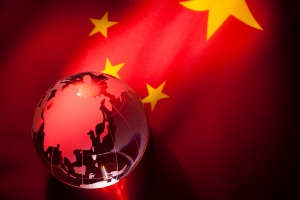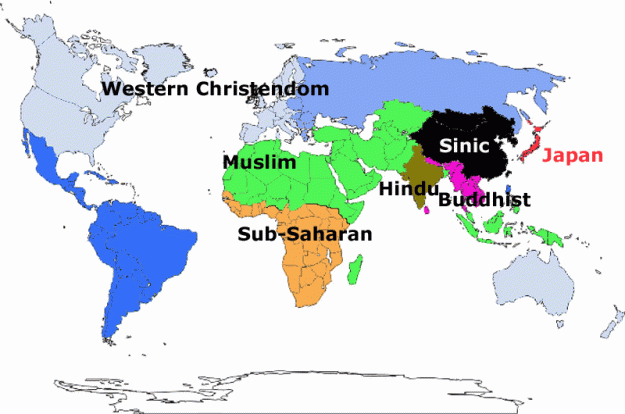M.K. BHADRAKUMAR
http://www.india-seminar.com/2015/668/668_m_k_bhadrakumar.htm
THE first quarter century of the post-Cold War era is drifting away into the chronicles of history and India once again faces the challenge of having to adjust its foreign policy to the new realities in the world order. Comparisons can be drawn with the early 1990s when the Soviet Union was disbanded unilaterally and wholesale adjustment became necessary for its allies and friends, including India.
The main similarity is that India did not precipitate the emergent international situation 25 years ago or hardly played a role in negotiating an end to the Cold War – and was overtaken by the torrential flow of events – whilst today, once again, it seems lost in thought as a new world order struggles to be born. Truly, India’s political economy is at a crossroads today as it was twenty-five years ago, entering another transformative period. Of course, in a globalized world, such tectonic shifts in international politics are bound to impact the country’s interests.














 (1905).
(1905).










